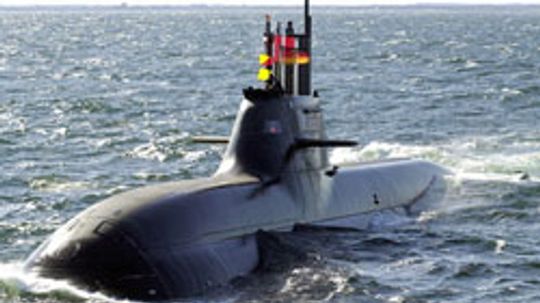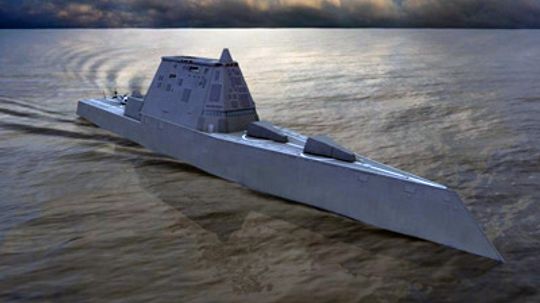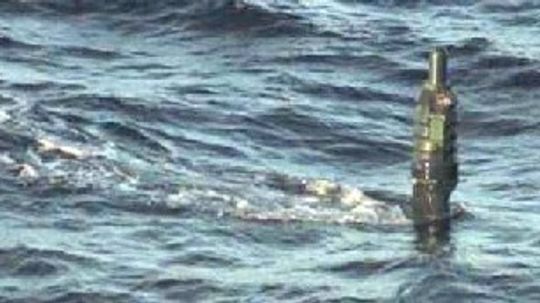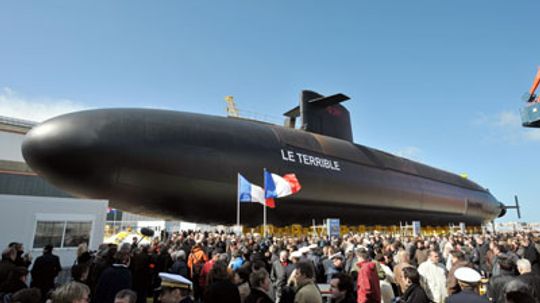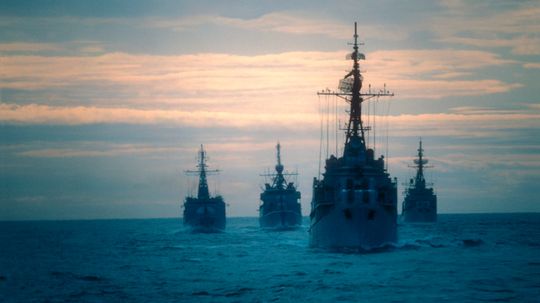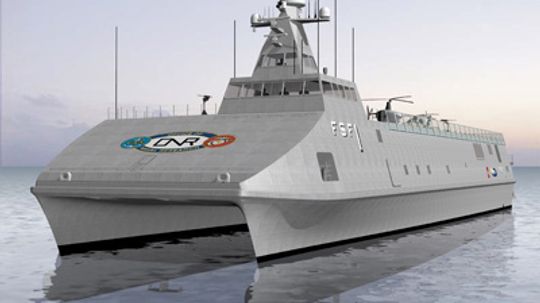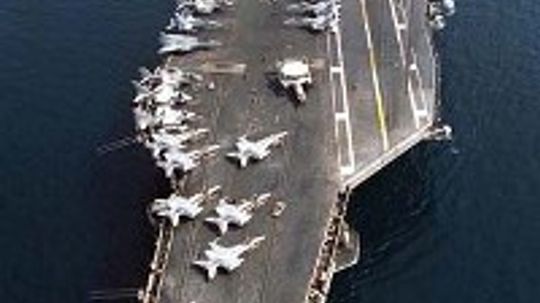Naval Technology
Navies around the world engage in surface and sub-surface military operations at sea. Learn how aircraft carriers, carrier battle groups and next generation destroyers work.

Watch Your Six: Military Jet Pictures
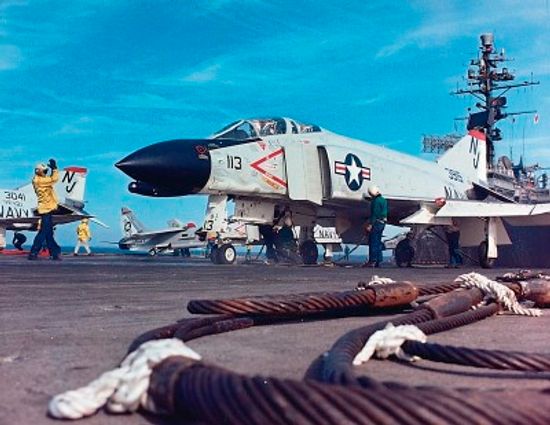
McDonnell Douglas F-4 Phantom II

Lockheed P-38 Lightning

Does Army experience help your civilian career?

How NCO Professional Development Ribbons Work

How Army Reconnaissance Jobs Work

How Agent Orange Worked

How Biological and Chemical Warfare Works

How Mustard Gas Works
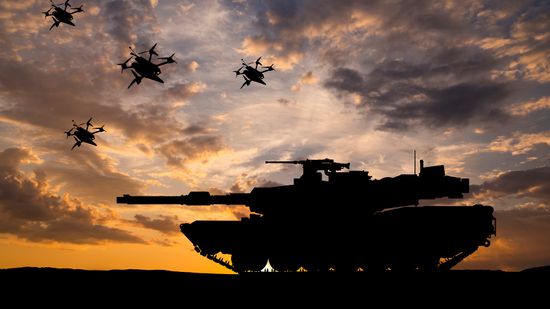
What Is the Strongest Military in the World?

5 Countries That Ditched Their Military Forces
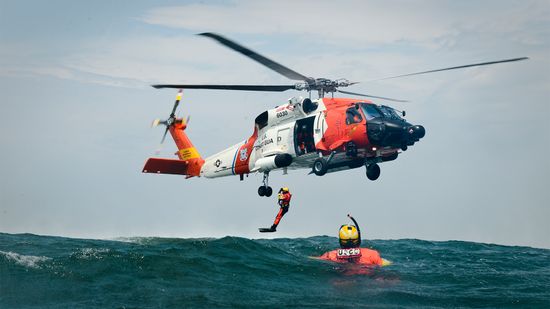
Coast Guard Rescue Swimmers Risk All to Save Lives
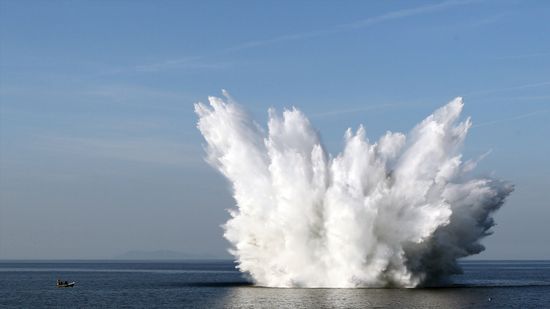
Anatomy of an Underwater Explosion

Can You Really Outrun an Explosion?

How Blast-resistant Clothing Works

HowStuffWorks Illustrated: Two Legal Gun Modifications

Gun Pictures

What's the world's smallest gun?

Are robots replacing human soldiers?
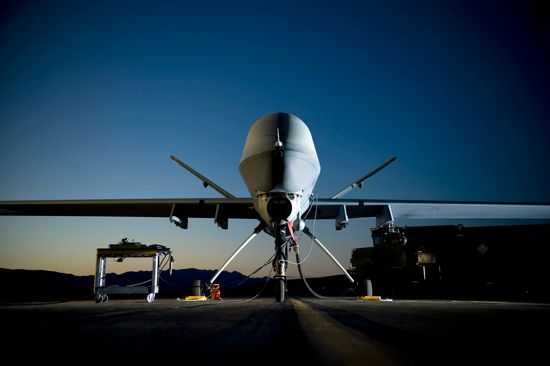
Can drones replace fighter jets?
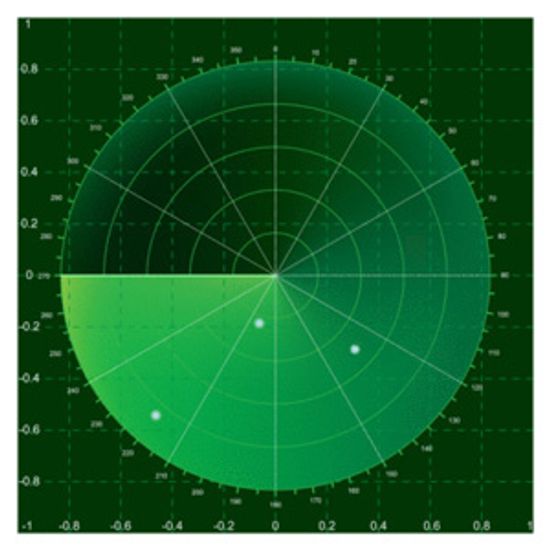
Do wars drive technological advancement?

How Military Video Conferencing Works
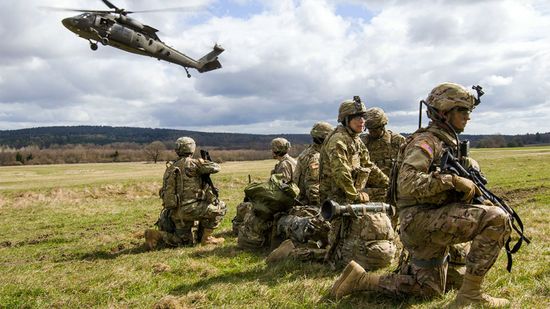
Why a Draft Would Weaken the U.S. Military

What Was the First War?

Top 5 Gadgets on the High-tech Soldier

Ghillie: Fishing Aid and Inspiration for Camo Suits

10 Insane Disguises That Actually Worked

How Code Breakers Work

YOU Can Drive a Tank!

Is the army testing an invisible tank?
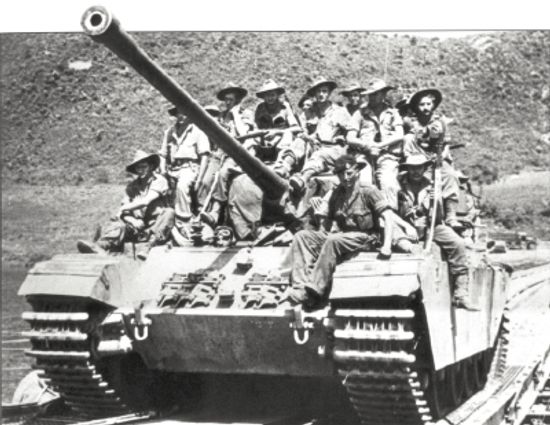
Centurion Main Battle Tank
Learn More
Submarines are built in a dry dock just like other seagoing vessels. Take an inside look at these fully submersible wonders of technology.
By Rick Mayda
The Zumwalt is the military's class of next-generation destroyers. Find out how the Zumwalt class destroyer works and learn about Zumwalt technology.
The U.S. Navy's new subs will use photonics masts instead of periscopes. Learn how these imaging devices will work.
By Kevin Bonsor
Advertisement
Fanciful ideas of underwater submersibles fascinated engineers centuries before the nuclear submarine ever took shape. How did the nuclear submarine evolve? And what, exactly, makes it nuclear?
By Tom Scheve
How does one of the most valuable pieces of military equipment travel around the world? When they move, an entire fleet of protective air and water craft moves with them. Learn all about carrier battle groups.
Nations are facing a more guerilla-style warfare - even at sea, and the equipment must evolve to meet new demands. Enter the Sea Fighter. Learn about this experimental, high-speed, "invisible" ship.
By Kevin Bonsor
Students at the actual TOPGUN school aren't as cocky as the characters in the movies, but the fictional version gets a lot of other things right.
Advertisement
The crew of the USS Abraham Lincoln returned home this week, after a wearying 10 months at sea. Take a tour of the U.S. military's most monumental machines, from flight deck to hangar bay to engine room.
By Tom Harris
